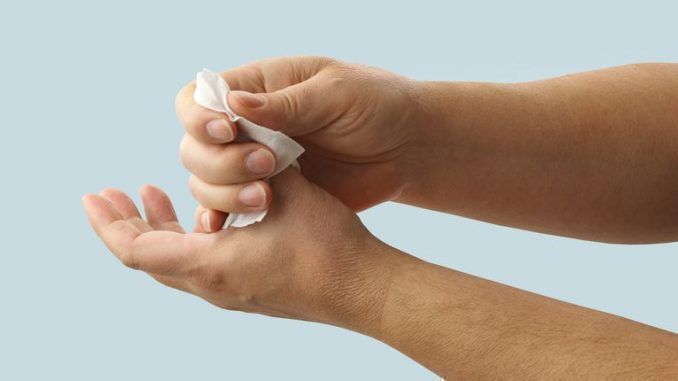Cicatrene, when it should be used
The Cicatrene Is used to treat superficial skin infections such as:
- folliculitis (infections of the hair follicle.)
- furunculosis
- small burns
- infected wounds
Before using cicatrene
Before use, it is always best to consult your pharmacist or doctor to assess any allergies to the active ingredients in the drug or other forms of incompatibility with other medications you are taking or conditions you have.
Therefore, it is always best to use the medicine by following what is stated in the package insert or on the advice of the doctor or pharmacist.
If you use Cicatrene for a long time and/or on extensive or ulcerated areas of skin and/or with occlusive bandage that does not let air pass, you may have undesirable effects on the kidney and/or ear.
If you accidentally ingest/take an overdose of Cicatrene, it is best to notify your doctor immediately or contact the nearest hospital.
Proper use consists of
L’correct use consists of applying a thin layer of cream or a light spray of powder, 2 times a day each time the dressing is made, after cleaning the wound.
Do not use the medicine on large or ulcerated areas of skin and do not use an occlusive bandage that does not allow air to pass through after using it.
If you do not notice improvement after several days of use or if you notice any adverse changes, consult your doctor.
There are some common side effects of this drug (affecting 1 to 10 patients out of 1.000):
- redness
- itching
- swelling of the skin
- infection that persists or worsens
- allergy (rash, spots on the skin or hives, swelling of the face, eyes, mouth or throat, and difficulty breathing).
Rare ones (affecting 1 to 10 patients out of 10.000) lead to anaphylaxis (more severe symptoms involving difficulty breathing, increased heartbeats, lowered blood pressure to heart failure).


